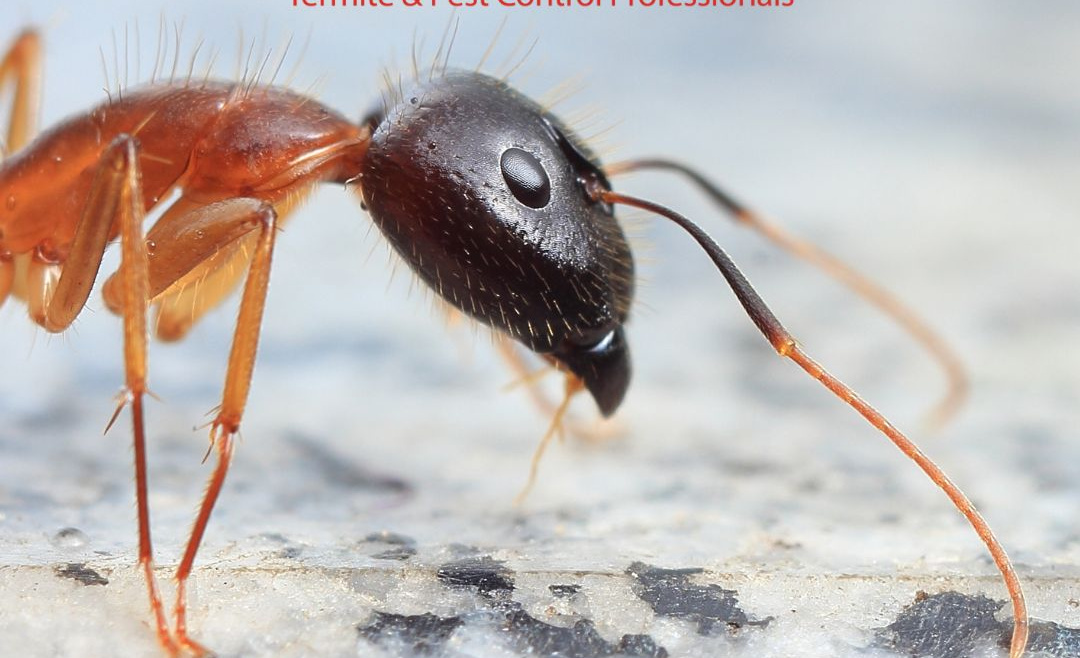There’s more to the sunny skies, sandy beaches, and towering palms of Southern California than meets the eye. The region is also home to a vibrant and complex ecosystem, brimming with various flora and fauna, including a fascinating diversity of ant species. In this comprehensive guide, we will delve into the captivating world of Ant Species in Southern California, revealing the intrinsic behaviors, habitat, and peculiarities that make these tiny creatures an integral part of our ecosystem.
I. Getting To Know Ants: An Overview
A. The Ant World: More Than Just Tiny Soldiers
Ants have walked the Earth for over 100 million years, outliving dinosaurs, and witnessing the rise and fall of countless species. These tiny creatures have colonized nearly every landmass on Earth, displaying an astounding adaptability and resilience.
B. The Social Structure: All for One and One for All
Ants live in organized societies, working together for the survival and prosperity of the colony. These societies are headed by a queen, whose primary role is to reproduce. The rest of the colony consists of workers (sterile females) and males who serve only to mate with the queen.
II. Ant Species in Southern California
A. Argentine Ants: Invaders from South America
Argentine ants (Linepithema humile) are not native to Southern California but have become one of the most common species due to their aggressive nature and adaptability. Originally from South America, these ants have successfully invaded urban and agricultural areas, often outcompeting native ant species.
B. Southern Fire Ants: The Fiery Natives
Southern Fire ants (Solenopsis xyloni) are native to the region and known for their fiery sting. Primarily an outdoor species, Southern Fire ants often invade homes in search of food and water.
C. Harvester Ants: The Seed Collectors
Harvester ants are another native species. These ants, as their name suggests, harvest seeds as their primary food source. In doing so, they play a crucial role in seed dispersal and indirectly aid in plant propagation.
D. Carpenter Ants: The Woodworkers
Carpenter ants are large ants that can be found in forested areas. They are named for their habit of excavating wood to create their nests. Although they don’t eat wood like termites, carpenter ants can cause significant structural damage if they nest in buildings.
E. Velvet Ants: The Wingless Wonders
Don’t let the name fool you. Velvet ants are not true ants but are a type of wingless wasp. However, their ant-like appearance and behavior have earned them a place on this list. Velvet ants are known for their brightly colored and furry bodies, and females are infamous for their painful sting.
III. Why Ants Matter: The Role of Ants in the Ecosystem
A. The Tiny Farmers
Ants have a significant influence on soil properties. By digging tunnels, ants can aerate the soil, improving its quality and fertility. Additionally, certain ant species like harvester ants, aid in seed dispersal, playing a vital role in maintaining plant diversity.
B. The Clean-up Crew
Ants are nature’s clean-up crew. They scavenge dead insects, helping to recycle nutrients back into the ecosystem. In doing so, they play an essential role in controlling pest populations.
C. The Source of Food
Ants serve as a food source for various creatures, including birds, reptiles, and other insects. The disappearance of ants could cause a ripple effect in the food chain, potentially leading to the decline of ant-dependent species.
FAQs
Q1. How many ant species are there in Southern California? There are about 270 known ant species in California, many of which can be found in the southern region. The exact number, however, may be higher as new species are being discovered regularly.
Q2. Are all ants in Southern California harmful? No, not all ants in Southern California are harmful. While some, like the Argentine and Fire ants, can pose a threat to native biodiversity or become household pests, many species live harmoniously within their environment.
Q3. What do ants in Southern California eat? The diet of ants varies greatly between species. Some, like the Argentine ants, are omnivores and will eat just about anything. Others, like Harvester ants, primarily consume seeds.
Q4. How can I identify different ant species in Southern California? Identification can be challenging due to the diversity and similar appearance of many species. However, certain features like size, color, behavior, and habitat can provide clues to their identity.







